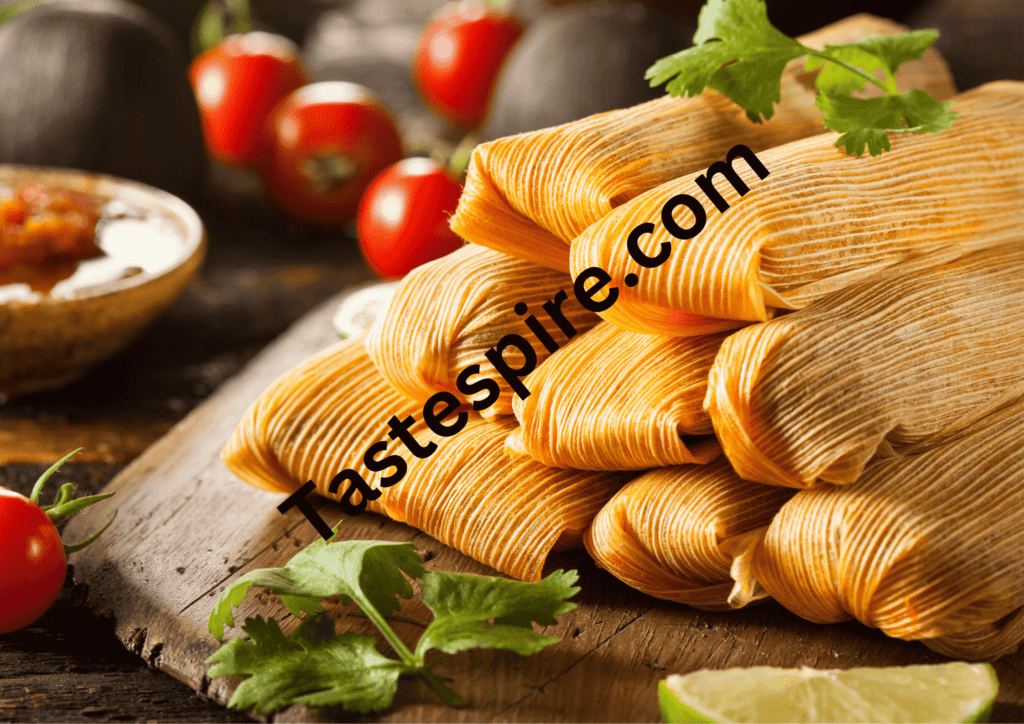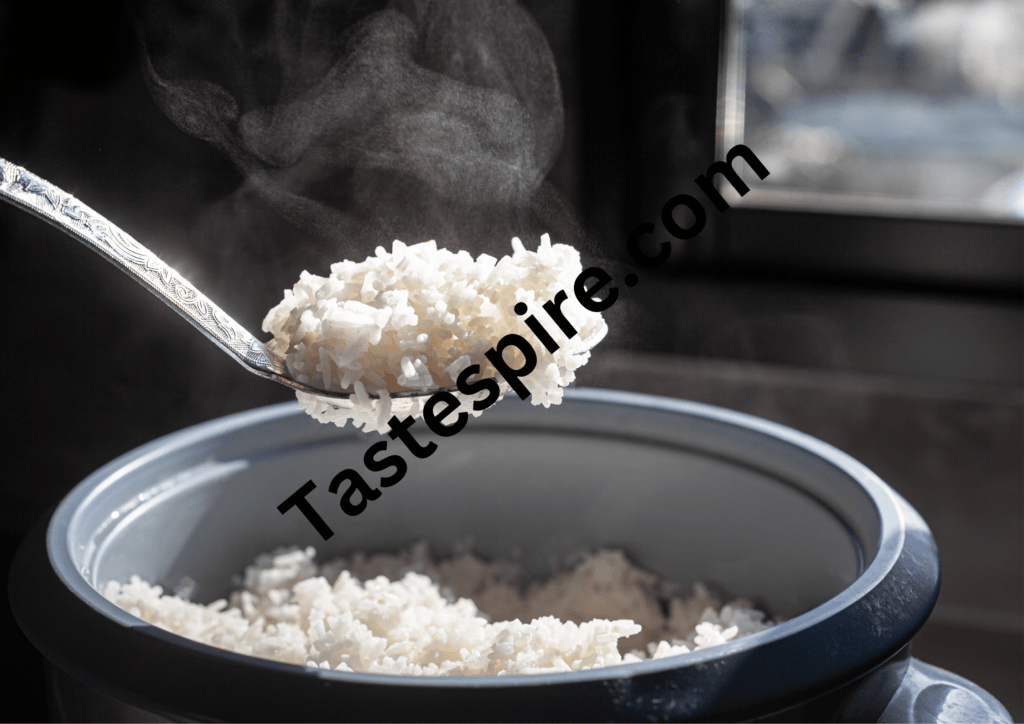In the world of culinary delights, there are many cooking techniques that capture our taste buds and imaginations. One such method, often overlooked but equally remarkable, is steaming. Steaming food is not only a healthy way to prepare a wide range of dishes, but it also brings out the natural flavors and textures of ingredients in a unique and delightful manner. In this article, we will explore the world of steaming, its benefits, and some incredible foods that can be steamed for a truly delectable culinary adventure.
Table of Contents
The Magic of Steaming
Steaming is a cooking method that involves the use of hot vapor to cook food. Unlike frying or grilling, which require the use of oil or direct heat, steaming relies on the power of steam to gently cook food. This process not only preserves the nutritional value of the ingredients but also enhances their natural flavors.
Why Choose Steaming?
- Preserving Nutrients: Steaming is known for its ability to retain more vitamins and minerals in food compared to other cooking methods. Since there is no direct contact with water, the nutrients stay within the ingredients, making it a healthier choice.
- Enhancing Flavors: Steaming allows the flavors of the ingredients to shine through. It doesn’t overpower the natural taste of the food, making it perfect for showcasing the essence of the ingredients.
- Low in Calories: Steamed dishes are a smart choice for those mindful of their calorie intake, as they require no added fats or oils.
- Easy and Quick: Steaming is a quick and hassle-free cooking method. You can quickly enjoy a delightful meal at your dining table.
Here Are 10 Foods that Can Be Steamed:
Now that we understand the benefits of steaming, let’s explore a variety of foods that truly shine when prepared using this cooking method.
1. Vegetables

Steamed vegetables are a classic and popular choice. Whether it’s broccoli, carrots, cauliflower, or asparagus, steaming brings out the natural crunch and vibrant colors of vegetables. A sprinkle of herbs and a drizzle of olive oil can elevate the flavors to perfection.
2. Fish

Fish is delicate and can easily become overcooked when using high-heat methods. Steaming fish, however, keeps it tender, moist, and flaky. Season with lemon, herbs, and a touch of white wine for a delightful seafood dish.
3. Dumplings

Steamed dumplings, whether filled with savory meats or vegetables, are a staple in many Asian cuisines. The steaming process creates a soft, translucent skin and succulent filling that’s a true culinary delight.
4. Tamales

Tamales are a traditional Latin American dish made of masa (dough) filled with various ingredients and steamed in corn husks. The slow steam cooking process infuses the masa with flavor, resulting in a mouthwatering dish.
5. Rice

Steamed rice is a staple in many cuisines worldwide. Whether it’s fluffy jasmine rice or sticky sushi rice, steaming ensures perfectly cooked grains, each one separate and full of flavor.
6. Eggs

Steamed eggs are a wonderful and nutritious breakfast option. They can be customized with a variety of toppings, from cheese to vegetables, for a fulfilling meal.
7. Puddings and Desserts

Steaming isn’t limited to savory dishes. Steamed puddings, like sticky toffee or Christmas pudding, have a unique texture and flavor. Steaming also plays a crucial role in creating silky, melt-in-your-mouth desserts like crème caramel.
8. Tofu

Steamed tofu becomes soft, custard-like, and absorbs the flavors of the sauce or seasonings it’s paired with. This ingredient’s versatility extends to both savory and sweet culinary creations.
9. Corn on the Cob

Steaming corn on the cob is a simple yet effective way to enjoy this classic summer treat. It preserves the natural sweetness and juiciness of the corn.
10. Chicken

Steaming chicken breasts or thighs with a mix of herbs and spices can result in tender, juicy, and flavorful meat. It’s a healthy alternative to fried or roasted chicken.
Food That Can Be Steamed Without A Steamer:
Steaming is a fantastic cooking method that can elevate the flavors and textures of various foods. While a steamer is the most common tool for steaming, you can also achieve excellent results without one. Here are some creative ways to steam food without a steamer:
- Using a Colander or Sieve: Place a colander or sieve over a pot of boiling water. Make sure the colander doesn’t touch the water. Cover it with a lid, and you can steam your vegetables, dumplings, or other foods.
- Bamboo Steamer Baskets: Bamboo steamer baskets are a traditional and effective way to steam food. Simply stack the baskets over a wok or a large pot filled with simmering water. The steam rises through the bamboo and cooks the food placed in the baskets.
- Aluminum Foil Packets: Create small packets of your ingredients using aluminum foil. Seal the edges tightly to trap the steam. Place the packets on a baking sheet and bake in the oven or on a grill. The enclosed steam will cook the food inside.
- Microwave Steaming: You can steam food in a microwave-safe bowl with a lid. Add a bit of water to the bowl, place the food inside, cover it, and microwave at short intervals. Be cautious as this method can quickly overcook food.
- Stovetop Pot and Plate: Fill a large pot with a few inches of water and place an upside-down heatproof plate or a small metal rack at the bottom. Put your food on a heatproof plate above the water level and cover the pot. Steam will flow through and gently cook the ingredients.
- DIY Steamer Basket: If you’re feeling inventive, you can create a makeshift steamer basket using a metal colander or a heatproof bowl. Place it inside a larger pot, ensuring the food doesn’t touch the water, and cover the pot.
- Mason Jar Steaming: Mason jars are a great choice for steaming individual portions. Place the ingredients in a mason jar, partially seal it, and then steam in a pot of water. Be cautious when opening the jar as it will release hot steam.
- Baking Rack Method: Place a heatproof baking rack above a pot of simmering water. Put your food on the rack, cover the pot, and steam away. This method is particularly handy for steaming large quantities of food.
- Steam in a Wok: If you have a wok, you can use it for steaming by adding a rack or a heatproof plate and covering it with a lid. This versatile option is great for dumplings, buns, and various Chinese dishes.
- Steam in a Dutch Oven: A Dutch oven can be used for steaming by placing a heatproof dish or rack inside. It’s a good choice for dishes that require a longer steaming time.
While a dedicated steamer is convenient, these alternative methods allow you to enjoy the benefits of steaming without the need for specialized equipment. Experiment with these techniques, and you’ll discover new and creative ways to prepare steamed dishes at home.
Vegetables That Can Be Steamed:
Steaming is a wonderful way to prepare a wide variety of vegetables, as it helps retain their natural flavors, colors, and nutritional value. Here’s a list of vegetables that can be steamed to perfection:
- Broccoli: Steamed broccoli becomes tender with a slight crunch, and it retains its vibrant green color. It’s often served with a drizzle of olive oil and a sprinkle of sea salt.
- Carrots: Steamed carrots are sweet, tender, and brightly colored. They make a great side dish or addition to various recipes.
- Asparagus: Steamed asparagus maintains its delicate texture and a mild, grassy flavor. It’s commonly paired with lemon zest or a hollandaise sauce.
- Cauliflower: Steamed cauliflower is versatile and can be used in a variety of dishes, from creamy purees to roasted cauliflower steaks.
- Green Beans: Steamed green beans are crisp-tender and pair well with a touch of garlic and almonds.
- Zucchini: Steamed zucchini is a great addition to pasta dishes, stir-fries, or as a simple side with a sprinkle of herbs.
- Spinach: Steamed spinach wilts down but retains its vibrant green color. It’s often used as a bed for various protein dishes.
- Peas: Steamed peas are sweet and bursting with flavor. They can be enjoyed as a side dish or added to risottos, salads, or pastas.
- Artichokes: Steamed artichokes are a culinary delight. Their tender hearts and leaves can be dipped in butter or a flavorful sauce.
- Cabbage: Steamed cabbage is often used to make cabbage rolls or as a side dish. It becomes tender and slightly sweet.
- Bell Peppers: Steamed bell peppers are often stuffed with various fillings, creating a delicious and colorful dish.
- Brussels Sprouts: Steamed Brussels sprouts develop a slightly nutty flavor and can be paired with bacon, balsamic glaze, or Parmesan cheese.
- Kale: Steamed kale retains its vibrant color and can be used as a base for salads or as a side dish.
- Corn on the Cob: Steamed corn on the cob is a simple and classic way to enjoy this summer vegetable. It preserves its natural sweetness.
- Beets: Steamed beets have a natural sweetness and earthy flavor. They are often served sliced in salads or as a side dish.
- Snow Peas: Steamed snow peas are tender and perfect for stir-fries or served as a side with a light sesame dressing.
- Okra: Steamed okra is a unique addition to Southern cuisine. It becomes tender and less slimy when steamed.
- Cauliflower: Steamed cauliflower is a versatile vegetable that can be mashed, roasted, or turned into a creamy soup.
- Pumpkin: Steamed pumpkin can be mashed, pureed, or used in various dishes like soups and casseroles.
- Squash: Various types of squash, such as butternut or acorn squash, can be steamed and used in a wide range of recipes.
These are just a few examples of vegetables that can be steamed to perfection. Experiment with different herbs, seasonings, and sauces to create delightful steamed dishes that cater to your taste preferences. Steaming is not only a healthy cooking method but also a great way to showcase the natural beauty of these vegetables.
FAQs
What type of foods can be steamed?
Steaming is a versatile cooking method that can be applied to various types of food, including:
- Vegetables: Broccoli, carrots, asparagus, and green beans are some of the most commonly steamed vegetables.
- Seafood: Fish fillets, shrimp, mussels, and crab legs can be steamed to perfection.
- Dumplings: Various types of dumplings, such as Chinese potstickers or Japanese gyoza, are often steamed.
- Rice and Grains: Steaming is an excellent way to prepare rice, couscous, quinoa, and other grains.
- Poultry: Chicken and turkey can be steamed, resulting in tender and juicy meat.
- Tofu: Steaming tofu allows it to absorb the flavors of sauces and seasonings.
- Eggs: Steamed eggs are a popular choice for breakfast or as an ingredient in other dishes.
- Desserts: Certain puddings and custards, like crème caramel, are steamed for a silky texture.
What foods are best to steam?
The best foods to steam are those that benefit from a gentle cooking method that preserves their natural flavors and textures. Some ideal choices for steaming include:
- Vegetables like broccoli, asparagus, and artichokes, which retain their vibrant colors and crisp textures.
- Delicate seafood such as fish fillets and shrimp, which remain moist and tender.
- Dumplings and dim sum, where steaming ensures a soft, translucent wrapper and succulent fillings.
- Grains like rice and quinoa, which achieve perfect fluffiness.
- Lean meats like chicken or turkey, which become juicy and flavorful through steaming.
- Tofu, as it absorbs the flavors of accompanying sauces and seasonings beautifully.
- Eggs, suitable for making steamed egg custards or soft-boiled eggs.
- Certain desserts like puddings and custards, which attain a unique and silky texture through steaming.
What meats can be steamed?
You can steam a variety of meats, including:
- Chicken: Steamed chicken breasts or thighs become tender, moist, and infused with the flavors of seasonings.
- Turkey: Turkey can be steamed, just like chicken, to maintain its juiciness.
- Pork: Lean cuts of pork, such as tenderloin, can be steamed to perfection.
- Fish: Various fish, like salmon or cod, are great candidates for steaming, retaining their delicate texture and flavors.
- Seafood: Shrimp, mussels, crab legs, and other seafood items are often steamed for a gentle cooking process that preserves their natural taste and juiciness.
What is an example of direct steaming food?
Direct steaming is a method where food is placed directly above or within the boiling water or steam. An example of direct steaming is steaming broccoli. Here’s how it’s done:
- Place a pot of water on the stove and bring it to a boil.
- Insert a steaming basket or a colander into the pot, ensuring it doesn’t touch the boiling water.
- Add fresh broccoli florets to the basket and cover the pot with a lid.
- Steam for a few minutes until the broccoli becomes tender and vibrant green. The steam from the boiling water directly cooks the broccoli.
What Healthy food that can be steamed?
Steaming is an excellent method for preparing healthy foods, as it preserves their nutrients and natural flavors. Some healthy foods that can be steamed include:
- A variety of vegetables, such as broccoli, carrots, asparagus, and kale, which retain their vitamins and minerals.
- Fish, like salmon or tilapia, which are rich in omega-3 fatty acids and protein.
- Lean cuts of poultry, such as chicken or turkey, which are low in saturated fat.
- Whole grains, including brown rice and quinoa, which offer fiber and complex carbohydrates.
- Tofu, a good source of plant-based protein.
- Eggs, a protein-packed breakfast option when steamed.
- Legumes, like lentils and chickpeas, which are nutrient-dense and rich in fiber.
What Steam food for breakfast?
Steaming can be used for breakfast dishes too. Here are some examples of breakfast foods you can steam:
- Steamed Eggs: Prepare silky, steamed eggs, either plain or with various toppings like cheese or vegetables.
- Steamed Breakfast Buns: Enjoy fluffy, steamed buns filled with sweet or savory ingredients.
- Steamed Oatmeal: Make a nutritious and creamy bowl of steamed oatmeal with your choice of toppings like fruits and nuts.
- Steamed Rice Cakes: Steam rice cakes and top them with sweet or savory sauces for a delicious breakfast treat.
- Steamed Breakfast Casseroles: Create hearty breakfast casseroles with ingredients like eggs, cheese, and vegetables, all steamed to perfection.
These breakfast options showcase the versatility of steaming for morning meals, providing a healthier alternative to frying or baking.
Conclusion
In the world of culinary adventures, exploring the art of steaming opens up a whole new realm of flavors and textures. Steaming not only preserves the nutritional value of food but also allows the natural flavors to shine. From steamed vegetables to delicate fish, dumplings to decadent desserts, the possibilities are endless. So, the next time you embark on a culinary journey, consider steaming as your cooking method of choice. It’s a delightful way to savor the essence of your ingredients and embark on a unique culinary adventure like no other. Happy steaming!
